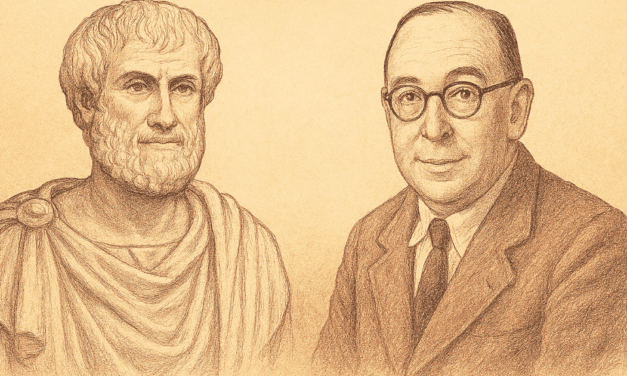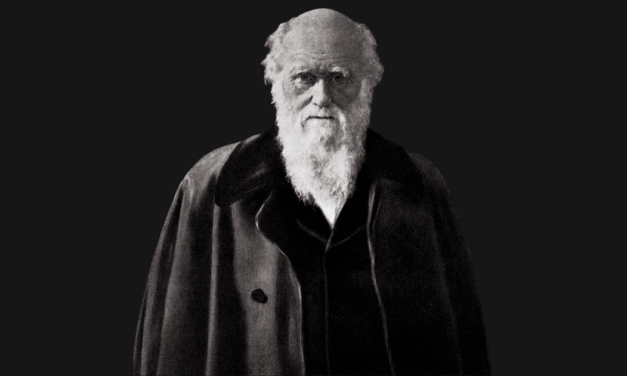This review first appeared in the Christian Research Journal, Winter (1994). For further information about the Christian Research Journal, click here.
In his book 1994? Harold Camping states the end of the world may occur this year, somewhere between September 15-17 (p. 531). He does not know the exact day because Scripture says “no man knows the day nor the hour” (Matt. 24:36). But according to Camping we can certainly know the month and the year that Christ will return.
The main glue that holds Camping’s book together is numerology: that part of ancient mysticism that endeavors to find hidden truths locked in literal terminology through numbers. Mystical numbers are the keys that allegedly unlock the hidden truths concealed in literal language. The basic theory this system operates on is that God created a perfect world and a perfect word (the Bible) which exhibit precise numerical and symmetrical design.
Camping’s interpretation of John 21:1-14 displays his use of numerology. Jesus tells the disciples who were about 200 cubits out in the Sea of Galilee to throw their net on the right side of the boat. The result was a catch of 153 fish. According to Camping the Scriptures are teaching that the 200 cubits represent about 2,000 years between the first and second comings of Christ (p. 503). Since Camping states that the most likely date for the birth of Christ is October 4, 7 B.C. when the Jubilee Trumpet allegedly sounded (p. 418), one needs only to add 2,000 years minus one year for the year 0 and out pops 1994. Concerning the 153 fish, Camping points out that the number 153 equals 3 times 3 times 17: “The number three signifies the purpose of God whereas the number seventeen signifies heaven. Thus we can learn that [the] purpose of God is to bring all believers that are caught’ by the Gospel into heaven” (p. 504). Would it not be hermeneutically better to go to Matthew 24 where Jesus clearly teaches about the end of the age instead of trying to mystically find hidden secrets behind clear narrative prose?
Camping’s numerology has amazingly pinpointed the exact date of the creation of man to 11,013 B.C. (p. 295). He does so by assuming the genealogies in the Bible have no gaps and additions in them, thus providing a direct link back to creation. However, it is widely recognized by biblical scholars that this is not the case. For example, Luke 3:36 includes the name Cainan while Genesis 11:12 omits this name. Which is right, Genesis or Luke? They both are. One is more complete than the other. The word begat can be used with reference to descendants generally, not just a direct father-son relationship, as Camping himself points out (p. 274). Yet by ignoring such Jewish customs he assumes the genealogies are chronological and sequential. The major purposes of the genealogies in the Bible were not chronological but domestic, legal-political, or religious. Omission of names is common, as seen in Matthew 1 where several names are left out so there can be exactly three groups of fourteen names. Jews would arrange genealogies to be symmetrical and not chronological. So one cannot assume a direct chronology back to creation.
Allegory is another hallmark of 1994? Allegory seeks the “deeper” spiritual truths from the literal text. For Camping the time of the Great Tribulation started in 1988 and has nothing to do with tribulation, troubles, or God’s wrath (p. 218). Christians will not be martyred. What this term really means is that Christians will be kicked out of the churches that preach a false gospel (p. 198).
It is a relief to know that the Tribulation does not really mean tribulation but temptation; killing does not mean killing but kicking; and the abomination of desolation is merely the different denominations being overrun by satanically inspired gospels like the charismatic movement (p. 438). However, if one looks back at the years since 1988 one does not find the temble events of the Book of Revelation happening. In effect, allegorical interpretation allows Camping to twist Scripture to say whatever he thinks it should mean.
Camping’s book is also characterized by inconsistency. According to Camping, the seventy sevens of Daniel 9 are literal years, except for the last three and one-half. He calculates the years precisely up to the point of the death of Christ, which he says occurred in A.D. 33. He then turns around and says the last three and one-half years equal 2,000 years. Camping takes a page to explain the subtitle “The Prerogative of God to Use Numbers as He Desires” (p. 403). This should be amended to say that it is the prerogative of Harold Camping to use numbers as he desires (and then blame God for it).
Ignorance in ecclesiology and eschatology also plagues Camping’s book. He sees the church as being overrun by Satan. Some of the evidence he cites for this is Christians using birth control, divorce, Arminianism, the social gospel with its concern for feeding the hungry, not observing Sunday as God’s holy day, and lack of preaching on hell. When one reads the signs of the end of the age in Matthew 24, none of these things are mentioned. Camping devotes a chapter to how God will destroy the external church by Satan mainly through the charismatic movement Does the New Testament teach that the church will be destroyed by Satan? Matthew 16:18 states: “I will build my church and the gates of hell shall not prevail against it.”
I am afraid Harold Camping is another name we need to add to our long list of date setters. 1994? a great book if one is a hermeneutics student looking for a case study in mystical and allegorical interpretations of Scripture.
Stephen C. Meyers, M.Th., pastors the Kensington Bible Church in Philadelphia and directs its inner city outreach to the poor and homeless.








